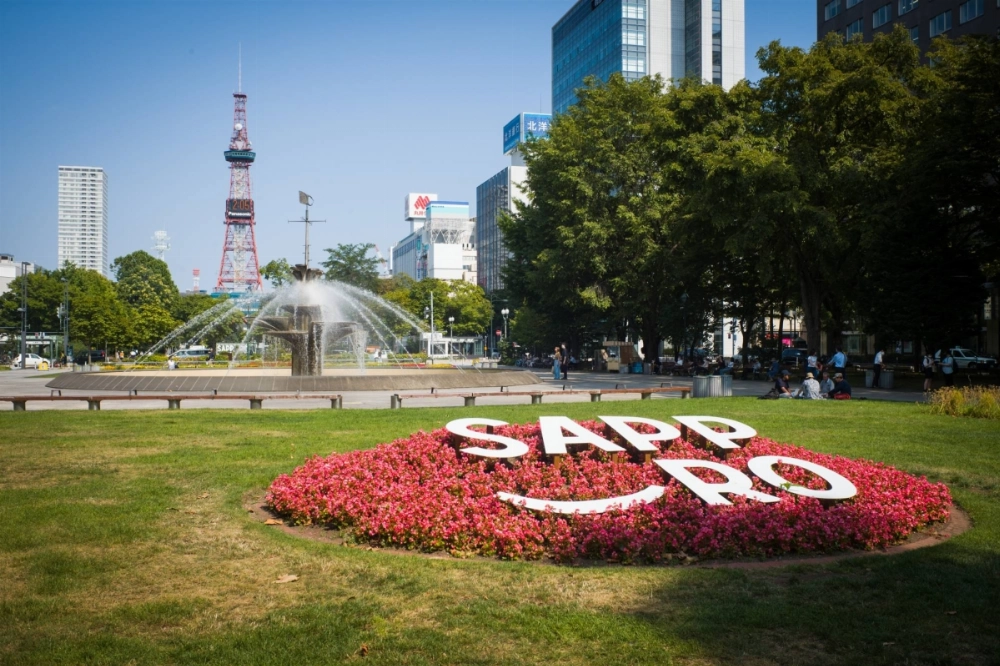Sapporo passed an ordinance at the end of March that calls for the respecting of individual differences to create a society in which diversity and inclusiveness are strengths.
It comes as the number of foreign residents has doubled over the past decade, despite an overall population decline. Though touching upon the need to respect ethnic minorities like the Ainu, as well as the LGBTQ+ community, Sapporo also hopes the ordinance will help attract more foreign visitors and residents, especially in the coming years as the Rapidus semiconductor manufacturing plant in nearby Chitose gets up and running.
The ordinance is based on four basic goals. The first is to create a diverse population that respects differences in age, sex and gender identity, and embraces people regardless of their physical appearance, nationality, ethnicity, native language, culture or religion. The second is to establish a barrier-free society that overcomes not only physical barriers, but also social ones, such as discrimination and exclusion.

















With your current subscription plan you can comment on stories. However, before writing your first comment, please create a display name in the Profile section of your subscriber account page.